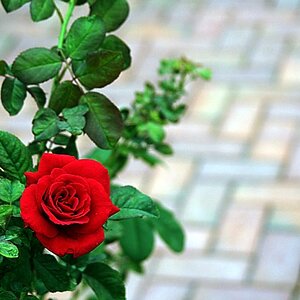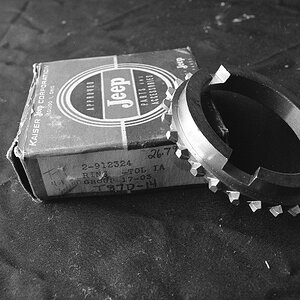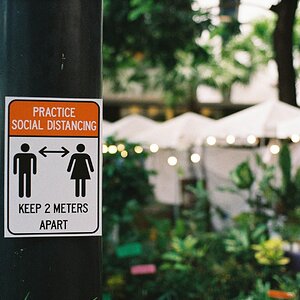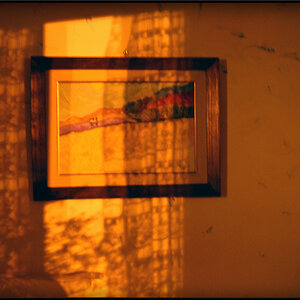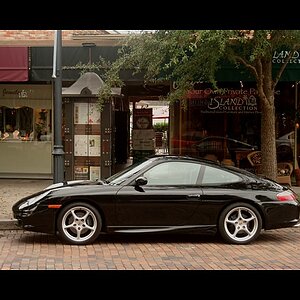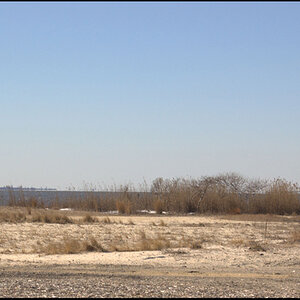soulofwit
TPF Noob!
[h=1]I appreciate you considering my quandary. I'll get right to it. I'm shooting on a Canon 5d Mark iii as I backpack this summer into Dark Sky country to accomplish two things:
1. Getting a great crisp, colorful, and cloud-alicious Still of the Milky Way as possible.
2. Getting a Milky Way time lapse (ideally as wide a field of view as possible to really get that movement sense).
I'm tempted by my impulse to just put my Zeiss 15mm f2.8, my favorite lens of all time, in my pack and be done with it. To accomplish both the Milky Way time lapse and the Milky Way still.
However in my looking into the idea of Clear Aperture, I'm supremely tempted to pick up a Rokinon 24mm f1.4 to get that Milk Way still, and maybe add that to the bag. Or perhaps use that for both shots instead of the Zeiss 15mm. It seems nuts that a $500 lens may actually achieve better results of a rich image of the milky way than a $3300 lens, but this seems to potentially be the case.
What would you do?
1. Use the Zeiss 15mm for both.
2. Use the Rokinon 24mm for both.
3. Get the time lapse on the Zeiss 15mm and the still on the Rokinon 24mm.
Let's assume money is not an issue (which it is, I'd have to purchase the Rokinon). And let's assume that it is possible to hike both lenses in, but only if necessary to achieve the best results. Space in a pack is at a premium when you also have a girlfriend and a dog with you And also know that there may be "Piece of Mind" points to hike in a $500 lens instead of a $3300 lens when going out into the wild.
But I also have to consider that I'll be wanting slightly different exposure settings for the time lapse and for the individual still, as opposed to just pulling one of the stills out of the time lapse. And I'll not want to interrupt the time lapse sequence to adjust settings at 2am to get my still. I'll be doing them on different nights.
Looking forward to your thoughts!
[/h]
1. Getting a great crisp, colorful, and cloud-alicious Still of the Milky Way as possible.
2. Getting a Milky Way time lapse (ideally as wide a field of view as possible to really get that movement sense).
I'm tempted by my impulse to just put my Zeiss 15mm f2.8, my favorite lens of all time, in my pack and be done with it. To accomplish both the Milky Way time lapse and the Milky Way still.
However in my looking into the idea of Clear Aperture, I'm supremely tempted to pick up a Rokinon 24mm f1.4 to get that Milk Way still, and maybe add that to the bag. Or perhaps use that for both shots instead of the Zeiss 15mm. It seems nuts that a $500 lens may actually achieve better results of a rich image of the milky way than a $3300 lens, but this seems to potentially be the case.
What would you do?
1. Use the Zeiss 15mm for both.
2. Use the Rokinon 24mm for both.
3. Get the time lapse on the Zeiss 15mm and the still on the Rokinon 24mm.
Let's assume money is not an issue (which it is, I'd have to purchase the Rokinon). And let's assume that it is possible to hike both lenses in, but only if necessary to achieve the best results. Space in a pack is at a premium when you also have a girlfriend and a dog with you And also know that there may be "Piece of Mind" points to hike in a $500 lens instead of a $3300 lens when going out into the wild.
But I also have to consider that I'll be wanting slightly different exposure settings for the time lapse and for the individual still, as opposed to just pulling one of the stills out of the time lapse. And I'll not want to interrupt the time lapse sequence to adjust settings at 2am to get my still. I'll be doing them on different nights.
Looking forward to your thoughts!
[/h]


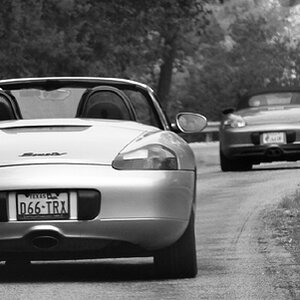
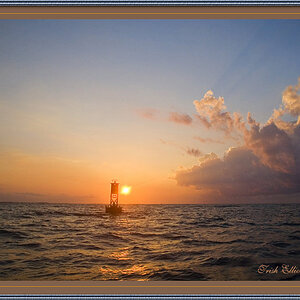
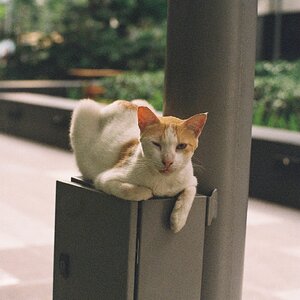
![[No title]](/data/xfmg/thumbnail/36/36302-6ee4929dfdf80290ffd73704693e860f.jpg?1619737496)
